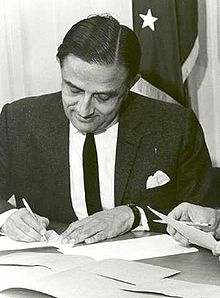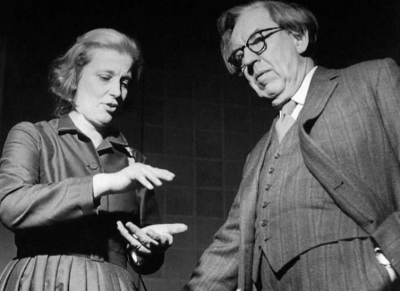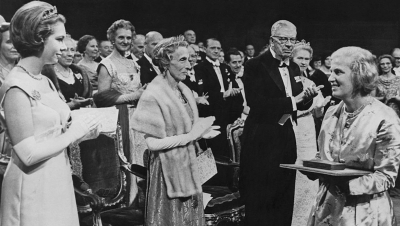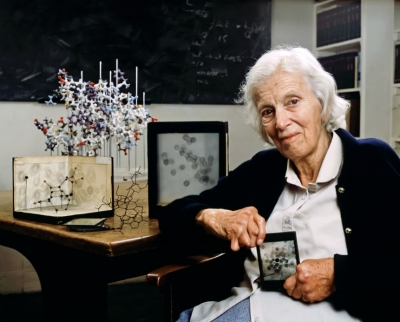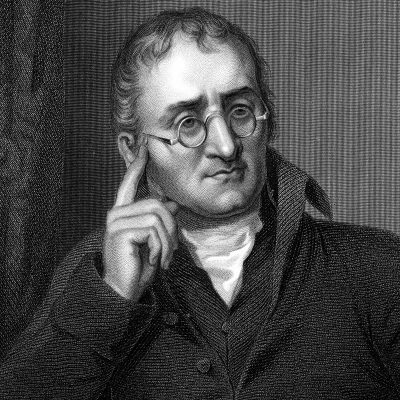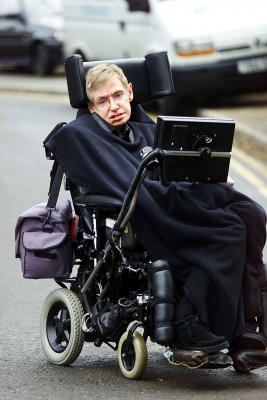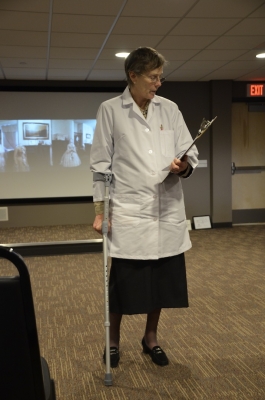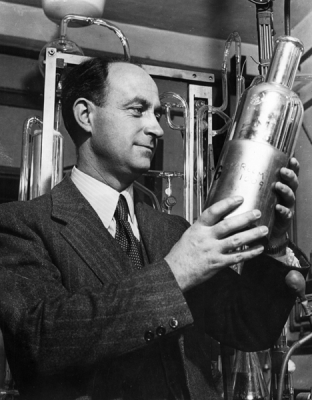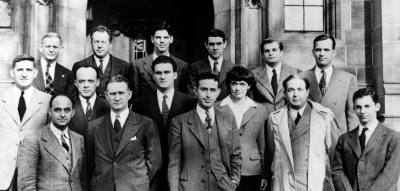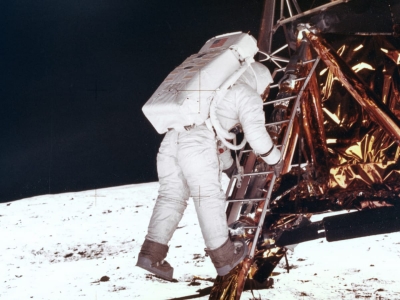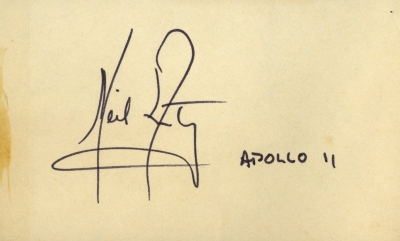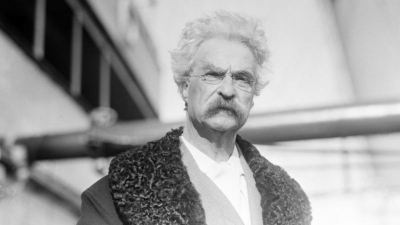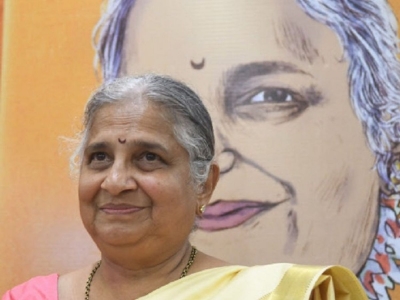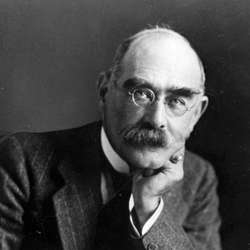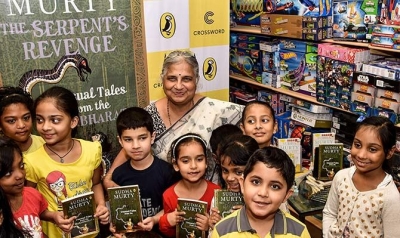
Nooni
I find Nooni from the "Magic of the Lost Temple" by Sudha Murthy inspiring. Nooni is a 12-year-old girl, who enjoys learning new things and going on adventures, such as climbing and hiking. The adventure starts when Nooni goes to her grandparents house in a village in Karnataka. There she hears a story about a lost temple and a stepwell. Nooni and her friends set off to explore the forest. There they find a pit, which Nooni insists they explore. Inside the pit, they find the ruins of an old temple! They go back and tell Nooni's Ajja (grandfather) about it. Ajja calls the archeological department and they start digging. After a few weeks of work, they discover the lost temple and the stepwell! The next week, Nooni goes back home, but promises to return during the holidays. Nooni inspires me because she is adventurous and is always ready to learn new things.
Joan of Arc
The story of Joan of Arc of France inspires me a lot. She fought against both the English and the Bulgarians in the 100 Years' War between England and France during 14th and 15th century. She was a French patriot, who helped the Dauphin to get the throne. After the kingdom had been established, Dauphin alias King Charles, the victorious made her the general of all his armies. Even though she was a woman she led the army. Because of her leadership, the army was able to recapture all the land they had lost, forcing the English to flee. Unfortunately, she was captured by the Bulgarians and she was proclaimed as a heretic. She courageously fought against her enemies even when her forces ran away. She also had the will to live, and even though she was captured by her enemies, she did not lose heart and tried to escape twice. It was also believed that she talked with angels and saints. Though she lived long ago, she is still a figure that I look up to.
Sudha Murty
The female author who inspired me is Sudha Murty. I started her reading novels from my second grade. I became a huge fan immediately after reading her bestselling novel "The Magic Of The Lost Temple". I also started reading her other novels and I am fascinated by her mesmerising stories. Her novels have helped me improve my vocabulary. She uses simple words which make it easier for kids like me to understand her stories. In addition to her books, I admire her simplicity. Even though she comes from a rich family she always wears simple outfits and she spreads kindness and simplicity in her messages to children. I love watching her videos as well. She connects with children quickly. Thank you for inspiring me, Sudha Murty Ajji.
Marie Curie
I learnt about Marie Curie while reading her biography "Madame Curie: A Biography of Marie Curie" written by her daughter Eve Curie. Marie was the first woman ever to win the Nobel Prize and the first person to win two Nobel prizes in different subjects. Her story is truly inspiring. Marie lost her mother at the age of 10. Five years later, she fell sick. She was not allowed to study at the university (due to Czars diktat). Despite all this, she kept on finding her way towards her studies and research, and yielded great outcomes. She got the Nobel Prize (1903) in Physics for her work in the area of radioactivity (she cointed the term herself), and Nobel Prize (1911) in Chemistry for the discovery of two strong radioactive elements "Polonium" and "Radium". Her commitment towards science and research will keep inspiring young women for the generations to come.
Erica Hale
The female protagonist who inspires me is 'Erica Hale from the series "Spy School". She is a third-year student in the CIA spy school and she is smart and strong. She is also known as Ice queen. Most of the time, she sits alone and reads a book, while no one dares to talk to her. She is extremely beautiful, kind and sweet but it is hard to catch her attention. She wishes to be a field agent when she graduates from spy school, which she probably will as even the academy knows her as a very strong, sincere, smart and competitive person. The best thing about her is that she doesn't need to be told anything, she is aware of everything that's happening around her even when she isn't a part of it. She is good at reasoning, which helps her in taking quick decisions in difficult situations. She can survive anything. Because of her photographic memory, she has read and memorised the entire CIA manual. She is also good at defusing a bomb and hand-to-hand combat skills.
Little woman, big dreams
Josephine March from "Little Women" by Louisa May Alcott is the one female lead who has captivated my heart. The novel follows the lives of the four March sisters, Meg, Jo, Beth, Amy each complete with their own identities, attitudes, and ambitions. Among them, Jo is portrayed as vehement, vibrant and energetic with a strong passion for writing - much like Alcott herself. As the sisters grow up, Jo becomes more and more confused and frightened to see them leave due to marriage and even death. The events in her life lead to her emotional development. The reason she has inspired me, though, is because of the individuality she preserves throughout the book. She has taught me to be open with my opinions, and not be afraid of standing on my own. Jo March is the example of the woman I wish to be-bold, vocal and independent.
Velu Nachiyar
If we can enjoy true freedom in our country, it is because of the brave hearts, who laid down their lives for the sake of their motherland. One such great soul is Velu Nachiyar, the first queen to pick up arms against the British.
In her childhood, she was trained in many forms of martial arts and mastered several Indian and foreign languages. When the British killed her husband
(Muthuvaduganathaperiya Udaiya Thevar), she escaped with her daughter and lived outside her kingdom for 8 years. In this period, she strengthened her army. At the right opportunity, she arranged an attack and destroyed all the British's ammunitions. She captured the traitors and regained her kingdom. The Sivagangai region was successfully ruled by her for another 10 years. Reading her story always inspires me to respect and love my motherland.
Brains over brawn
I have read numerous books with female protagonists. Among all of them, I find the character of Matilda Wormwood from Roald Dahl's book "Matilda" to be the most inspiring and motivating. Matilda is a genius, but her father is a mean crook and her mother is not too bright. Her horrible headmistress, Miss Trunchbull thinks that Matilda is the source of all the mischief in class. Matilda has a few clever and extraordinary tricks up her sleeve. Along with her lovely teacher, Miss Honey, she discovers that she has a special power to move things with her eyes alone. She helps Miss Honey get her house and wages back from Miss Trunchbull. I am inspired by Matilda's will to gain knowledge and overcome the criticism from her parents.
A team player
One of the many female characters or protagonists who inspired me is Hermione Granger from the "Harry Potter' series. I know a lot of people will write about her, but she is worth all the praise. She is a team player and the only person who stays with Harry throughout his quest. She is the only person who believes Harry did not put his name in the goblet of fire. She stays with Harry even when his best mate Ron leaves him. Hermione considers Harry as a brother and supports him. She is often teased by Ron as an emotion less creature and Draco calls her a mud blood (a magical child born from unmagical parents), but she doesn't pay attention to it. She inspires me to be a team player and to stay strong outside even when you are feeling sad.
Carol Danvers
"I am not going to fight your war, I am going to end it." Captain Marvel. Carol Danvers also known as Captain Marvel, is a fictional character in the Marvel Universe. She is portrayed as a former U.S. air force pilot who develops superpowers when she is exposed to the energy of the tesseract. Danvers has a troubled childhood, but she clears all the obstacles which came in her way. She is a brave female protagonist who inspired me a lot. I like that Carol falls down a lot of time in her life, but she manages to get back up again. When she loses all of her old memories, she turns into a Kree's weapon and a member of Starforce. As Captain Marvel with superpowers, she stops the Kree invasion, which t was being led by Ronan the accuser. Captain Marvel's motto is never to give up in any situation.
Picture Credit : Google
